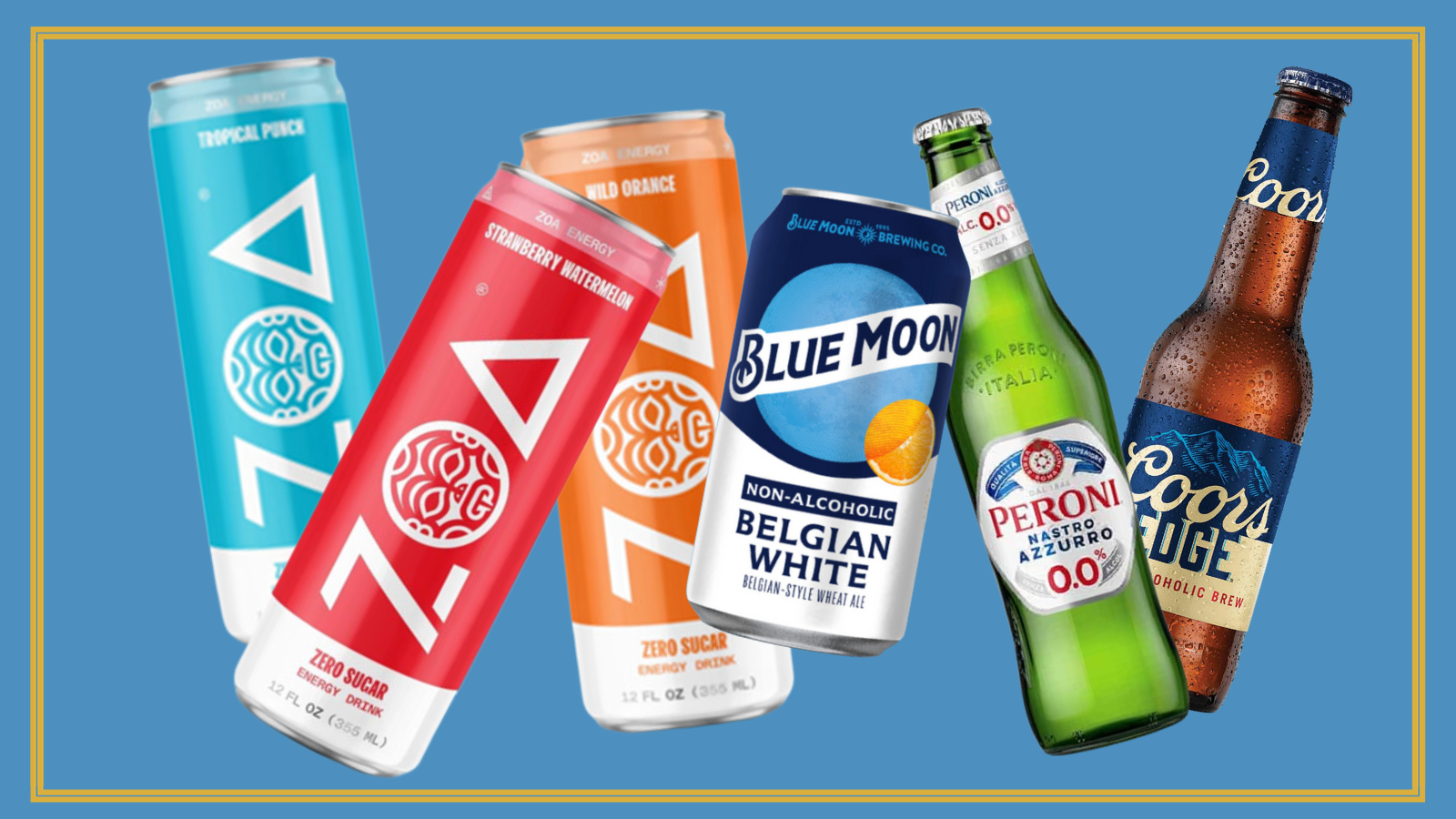Molson Coors Beverage Company is built on beer. So why is the maker of some of the world’s most recognizable beer brands playing in the non-alcohol sector?
“Beer will always be at the heart of what we do, but we know there’s an enormous opportunity with non-alc and that’s why we’ve committed to making it an important part of our business,” says Kevin Nitz, Molson Coors Beverage Company’s vice president of non-alcohol products.
As a company, Molson Coors wants to protect alcohol occasions that are being lost to low- and no-alc products, but, he says, “we also have this opportunity to build in spaces that operate similarly to our core business in beer, where brand equity and badge value are extraordinarily important, and spaces where our network has a proven track record of success."
With the growing number of younger legal-age consumers eyeing non-alc beers and mocktails, as well as mixers and tonics, Molson Coors sees potential to build brands that resonate with a new generation of consumers, Nitz says.
“It’s not a small category when you think about the amount of alcohol occasions,” he says. And Molson Coors is set up to attract consumers with non-alc offerings like new Blue Moon Non-Alcoholic, Peroni 0.0 and Coors Edge, he says.
With the non-alc beer segment taking off, growing volume sales grew more than 18% in the 52 weeks that ended Oct. 8 versus 2022, according to Circana multi-outlet and store data, Molson Coors is aiming to grow its non-alc credentials with consumers. New Blue Moon Non-Alcoholic is launching in December, joining Peroni 0.0, which debuted last year, and Coors Edge, whose growth is outpacing the category.
But it’s Molson Coors’ work in pure play non-alc space that’s most exciting to Nitz, who describes a $150 billion opportunity that’s highly incremental. And Molson Coors is going all in on ZOA Energy.
“With the work that has been done on the ZOA brand over the last two years, we firmly believe it’s positioned to drive big growth,” Nitz says.
That belief led Molson Coors to expanding its partnership with ZOA last month, an investment that will contribute to the brand doubling its planned media spend next year.
ZOA was the fastest energy drink to reach $50 million in sales after it launched in 2021, and Circana data shows it not only brings consumers into the $18 billion category, it keeps them: more than a quarter of consumers who have tried ZOA have purchased it five times or more. Now, with a reformulated zero-sugar liquid, focus on nutritionals and new eye-catching packaging, ZOA is primed for growth, Nitz says.
“We look at where the puck is going, what the emerging trends are. And the trends in energy are going to caffeine from natural sources, vitamins B and C and electrolytes for hydration. ZOA’s got all this and then some,” he says. “So now we’re going to really dig into driving consumer and brand awareness, broadly and at retail. Our expanded investment allows us to make that a priority.”
It also allows Molson Coors to drive increased distribution, secure better deals for independent retailers and putting more product in coolers, Nitz says.
And, he points out, the trends from ZOA’s direct-to-consumer business can’t be ignored: it’s a top-seven energy drink on Amazon.
“That’s huge and it speaks to the potential of the brand,” Nitz says.
In 2024, ZOA will bring one of its most popular online offerings, Frosted Grape, to retail; it will also debut a new marketing campaign.
“We’re going to continue to build this brand and make it one of the most exciting brand blocks at retail. It’s a lot of work, but the reward is real,” he says.

